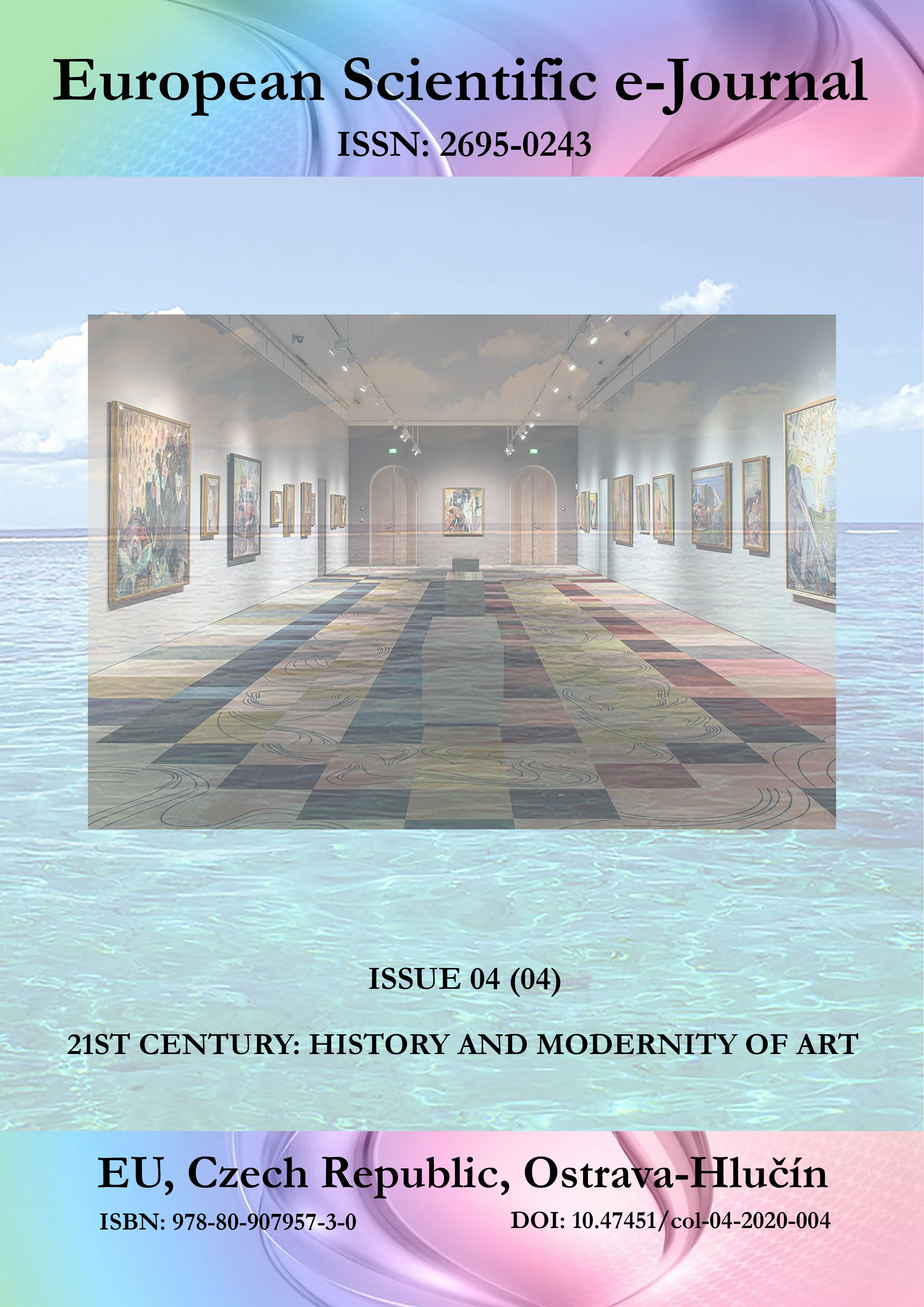Similarities in Iconographic Art between Rural Churches from Transylvania in the 17th Century and Caesarea of Cappadocia
DOI:
https://doi.org/10.47451/art2020-11-005Keywords:
line, colour, church, byzantine, TransylvaniaAbstract
The idea of the speech, goes round the importance of byzantine art inside Transylvanian orthodox culture, in the 17th century. The Göreme monastic Complex of Caesarea of Cappadocia has a considerable list of churches with relevant importance in Byzantine iconography. The popular character of this type of art developed on the walls of these architectural jewels manifests itself in the left-handed, but expressive and with such great spontaneity drawing: also, with predilection for narration that lends many elements from the illustration of the Apocryphes, which were born from people’s inclination to very detailed stories. This byzantine style we have had for centuries and which is tight to our Christian roots, was cultivated in Wallachia and Moldova and Transylvania in the 14th and 15th centuries and the post-byzantine style in Wallachia in the 15th and 16th centuries. There are similarities between churches raised in the 17th century in Transylvania and the ones from Caesarea of Cappadocia. We refer mainly to the iconographic painting of the Hunedorian churches.
Downloads
References
Binder, P. (1974). Considerations on regional churches art from the County of Zarand. Museums and Monuments Magazine, XLIII.
Bisericile rupestre Ihlara Capadocia (2018, March 10). Crestinortodox. https://www.crestinortodox.ro/biserica-lume/bisericile-rupestre-ihlara-capadocia-98984.htm (In Rom.)
Dragut, V. (1968). Hunedoara’s old monuments. Bucuresti.
Dumitran, A. (2014). Between Logos and Eikon. An essay about icon, Romanians and in 17th Century Transylvania. Annales Universitatis Apulensis. Series Historica. Mega. (In Rom.)
Mitrovic, T. (2016). A book about Painting. The Basis of Iconography. Bizantina.
Paunoiu, A. (2009). Capadocia, a statement of glowing Christianity’s civilization. Lumina Journal, May 17. (In Rom.)
Published
Issue
Section
License
Copyright (c) 2025 European Scientific e-Journal

This work is licensed under a Creative Commons Attribution 4.0 International License.
The European Scientific e-Journal (ESEJ) is an open access journal. Articles are available free of charge as PDF files on the website of the European Institute for Innovation Development. PDF files can be previewed with Acrobat Reader from www.adobe.com.
All articles of the “Tuculart Student Scientific” are published under a Creative Commons Attribution 4.0 Generic (CC BY 4.0) International license.
According to the Creative Commons Attribution 4.0 Generic (CC BY 4.0) International license, the users are free to Share — copy and redistribute the material in any medium or format for any purpose, even commercially (the licensor cannot revoke these freedoms as long as you follow the license terms).
Under the following terms:
- Attribution — You must give appropriate credit, provide a link to the license, and indicate if changes were made. You may do so in any reasonable manner, but not in any way that suggests the licensor endorses you or your use.
- No additional restrictions — You may not apply legal terms or technological measures that legally restrict others from doing anything the license permits.


